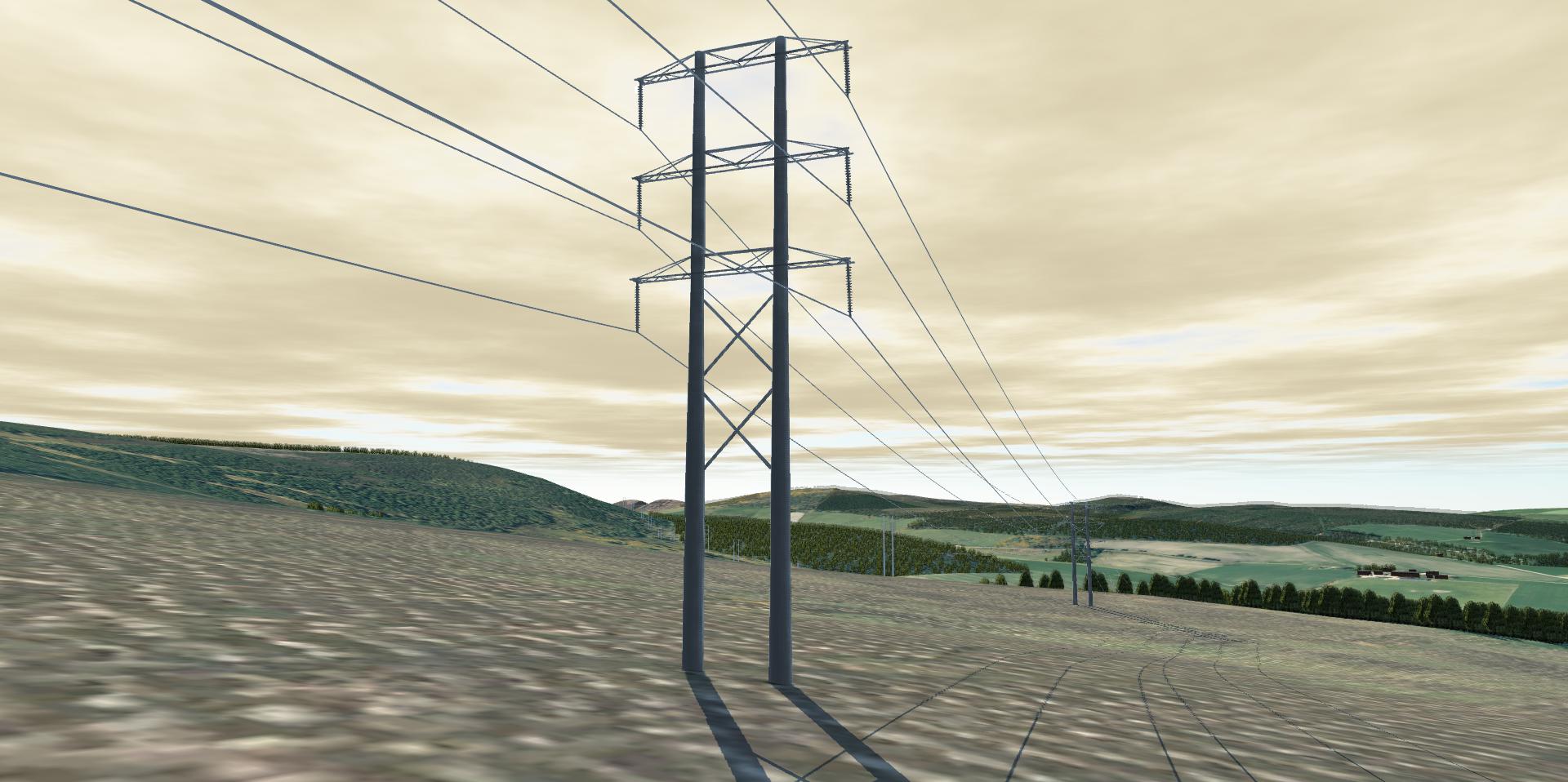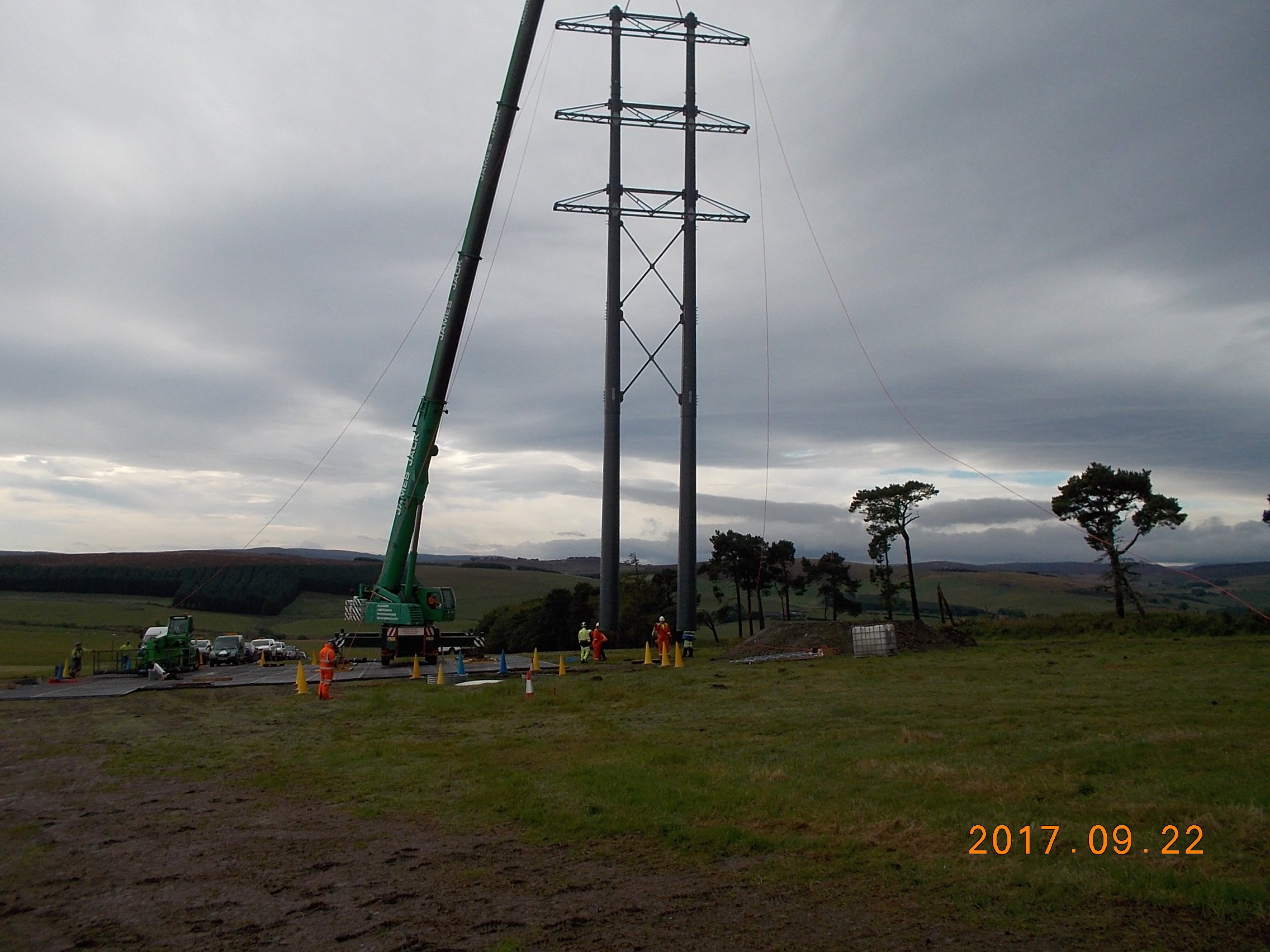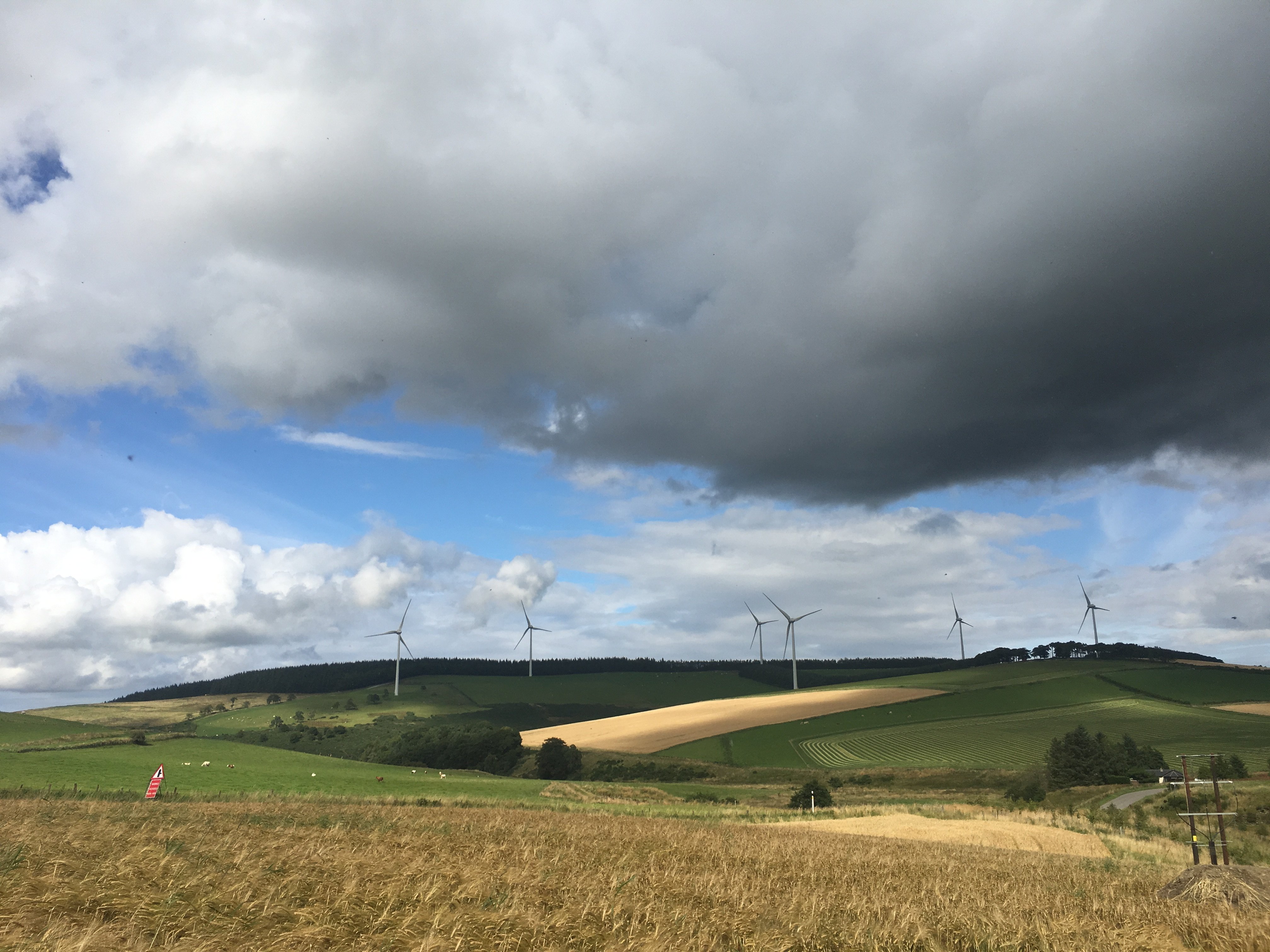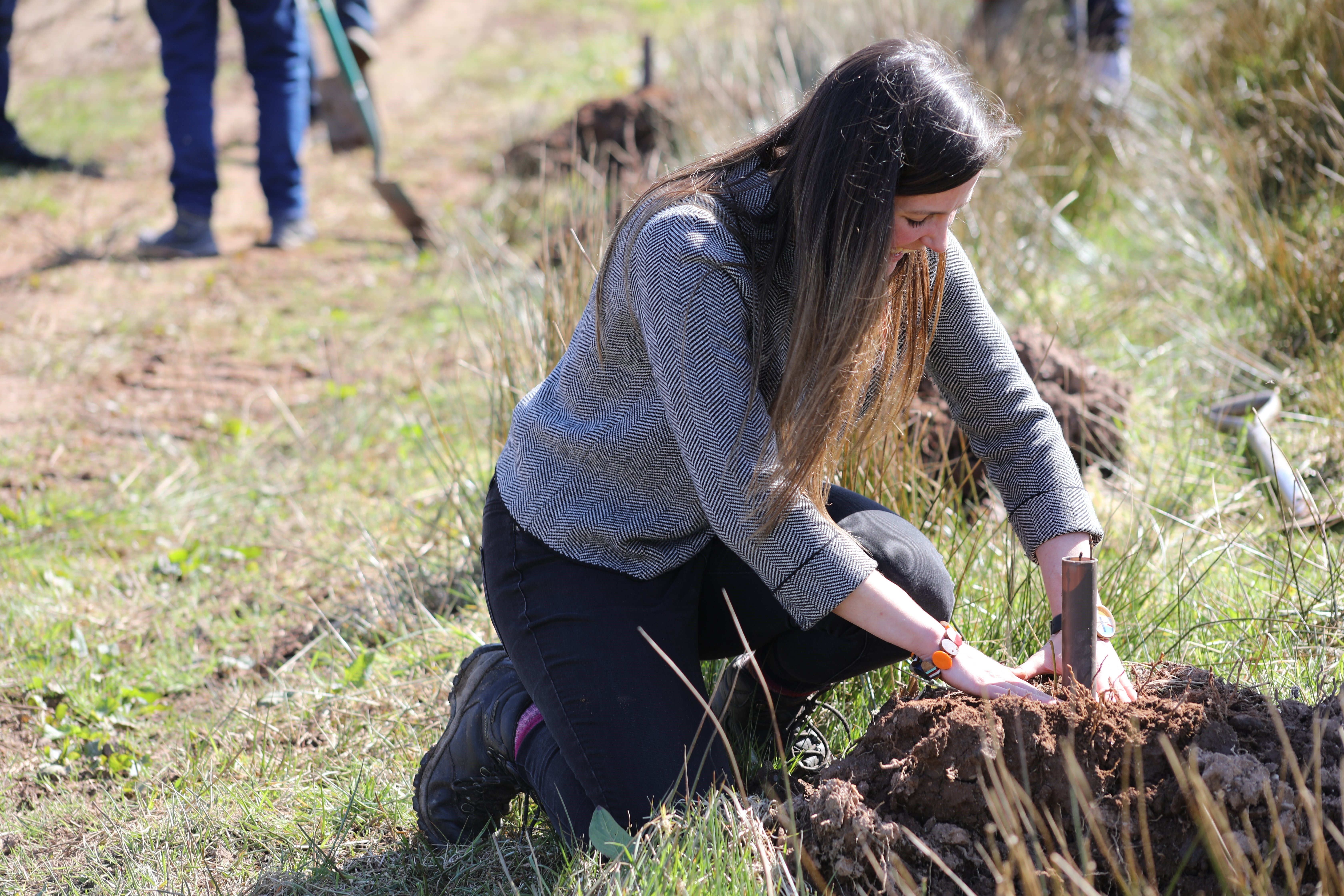Overview
About the Project
We, in partnership with Balfour Beatty, have successfully energised the connection for Dorenell Wind Farm, Moray, in September 2018. The wind farm connection, which adds capacity for a further 220 MW of renewable energy to the GB transmission system, has seen the deployment of composite poles, the first time this innovative technology has been used on the GB transmission system.
The aim of the project was to provide a connection for Dorenell Wind Farm to the transmission network at Blackhillock Substation (near Keith). The connection comprises one double circuit 132kV composite 'H' pole overhead line running over a distance of approximately 22 km.
In this video, our Lead Project Manager, Paul Higginbotham, discusses the innovative solution developed with Balfour Beatty and the successful delivery of the project:
Composite Poles
The overhead line design utilises composite 'H' poles, which are made out of fibreglass/reinforced polymer and are grey in colour. These composite structures have been used successfully for the last 20 years in Canada, USA, Scandinavia and Ireland for transmission, distribution and communications networks.
Due to the way the electricity network in the UK has been developed, there has been little incentive for Network Operators to do anything different than standard wood poles and steel lattice towers for the last few decades. Ofgem, the Government regulator for electricity and gas markets, has recently laid out a framework to incentivise Network Operators to innovate, providing improvements in the security of supply and reducing costs for energy bill payers. The Dorenell Wind Farm connection has been able to take advantage of this change, enabling the project team to drive this new technology to bring environmental and cost benefits.
This proposal brings the following benefits:
- Composite poles are stronger than wooden poles, which allow them to support a larger sized conductor on one overhead line. Wood poles would require two parallel lines. This helps to reduce the visual effects of the overhead line and minimise land take
- Although they are taller than wood poles at 24m in height (rather than 16 m), they will allow for a greater clearance underneath the conductors, allowing for agricultural machinery to continue to operate safely beneath the overhead lines
- A greater spacing between individual poles can be maintained at a distance of approximately 180m between poles, compared to 80-100 m for wood poles. When combined with the single overhead line design this will reduce the number of poles required for the connection by 75%, greatly reducing a burden upon the land. This will reduce the impact upon the use and operation of the land surrounding the overhead line
- The composite poles allow for a reduced construction programme
- A single line of composite poles has a reduced corridor width when compared to the double line of trident poles
- The composite poles are easier and less expensive to maintain, and have a life expectancy of 80 years (wood pole is 40 years) meaning less maintenance

Why is the Project Required?
As the transmission licence holder in the north of Scotland, we have a duty under Section 9 of the Electricity Act 1989 to facilitate competition in the generation and supply of electricity. We have obligations to offer non-discriminatory terms for connection to the transmission system, both for new generation and for new sources of electricity demand.
The aim of the project was to enable renewable energy to connect to our transmission network. Under our Network Operators Licence this connection should be efficient, co-ordinated and economic, whilst having the least possible impact on the environment.


Community Engagement
Throughout the life of our projects, we aim to work positively with local communities and keep people informed about what we are doing. This is particularly important when we are developing a proposal and we want to understand what local people think about our plans.
We endeavour to take the time to discuss proposals with local community councils, encourage engagement from the wider community and listen to the feedback we receive.
We will do our best to answer any questions and address issues or concerns that are raised with us.
When our project progresses into construction, we will continue working closely with the local community to ensure that our work has as little impact on the lives of those living and working in the area and as many long term positive effects as possible.

How we’re embracing artificial intelligence (AI)
We intend to use AI to assist our experienced teams in the analysis of your feedback, so we can categorise key points raised more quickly. You can learn more about how we’re utilising AI on this dedicated web page.
Project Updates
Project updates
Gallery
Progress Gallery
FAQs
FAQs
Recite me
To make use of this function please click on the 3 'A's' button at the bottom left of the website.


